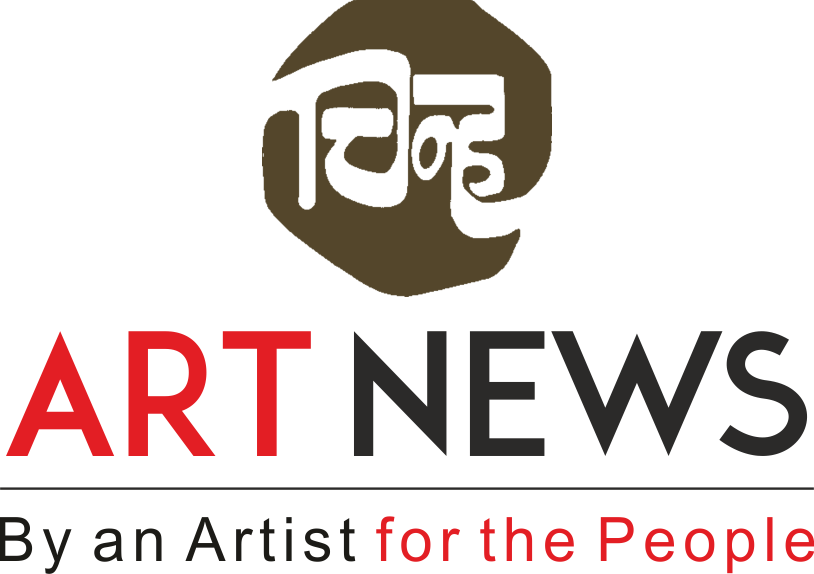No products in the cart.
- Home
- Features English
- UGC Policy on Kala Guru (Part 1)
UGC Policy on Kala Guru (Part 1)
University Grants Commission (UGC) issued guidelines for empanelment of Kala Guru (Artists / Artisans In-Residence) in Higher Education Institutions (HEIs) recently. Chinha presents a two-part series of articles to help readers understand the important aspects of the policy and to understand the views of expert academicians in Art & Design field about this policy.
University Grants Commission (UGC) issued guidelines for the empanelment of Kala Guru (Artists / Artisans In-Residence) in Higher Education Institutions (HEIs) recently. The policy is based on the core principle that it is crucial to establish a strong connection between artists / artisans and higher education. This connection aims to offer learners the chance to benefit from the practical knowledge and expertise of these artists / artisans, while also integrating their creativity and ideas into the education programs across multiple disciplines.
Chinha’s aim is to encourage the Art and Design community to actively deliberate on this policy. As a preliminary step for this, we are presenting the important aspects of this policy, to build a basic understanding. In the second part, we are going to present views shared by four experienced educationists in art and design domains, that will provide insights for future implementation of this policy to the readers.
Let’s begin with understanding the provisions of the Kala Guru policy.
Purpose and objectives
The guidelines states that there is a wide gap between the students pursuing higher education, and the art & artists; and as per NEP-2020 (Please refer to the note on NEP 2020 given at the end of this article) it is necessary to bridge this gap by creating a strong bond between them. The guidelines aim to streamline the process of engagement of the Kala Guru in higher educational institutions as a teacher and guide enabling the academic institutions to encourage nurturing of the creative intellect and indispensable spirit of arts and its appreciation, so they amalgamate and enrich it with their experience and expertise. It focuses on a structured association of ‘Master Artists’ in the higher education system as a mentor.
The policy is about engaging artists / artisans who are predominantly art practitioners, to engage in art academics across various educational domains and disciplines. That is, not just in art education programs in the art schools but across arts, science, commerce, technical education and social sciences and business management students could benefit from this policy.
The prime objectives of the Kala Guru policy are,
To create collaboration between Artists and HEIs, to develop an effective structure of art education, involving skilled Kala Gurus in teaching, research, and other academic activities on a regular basis.
To connect distinguished individuals, who have excelled in their field of specialization like Arts, Crafts and Dance Forms, Music, Fine Arts etc. with the higher education system.
Art forms under consideration
The major art forms listed in the policy guidelines include Handicraft, Music, Dance, Folk dance, Professional art forms (Painting, Printmaking, Textile, Drawing, Sculpture, Ceramic, Calligraphy, Photography, Installation, etc.), folk theatre and Yoga along with other art forms. Under each of these main art forms, specific art forms are listed.
 Pictorial representation of diverse art forms under consideration of Kala-Guru policy (Source: UGC Guidelines)
Pictorial representation of diverse art forms under consideration of Kala-Guru policy (Source: UGC Guidelines)
Eligibility of Kala Gurus
The guidelines identify three levels of Kala Gurus stipulated the criteria for eligibility for selection of Kala Gurus under three levels with specific experience and achievements.
Level-I: Guru (Artist/Artisan): Those Artists / Artisans, who have gained fame as master artist of a particular art form and having experience not less than 05 years.
Level-II: Param Guru (Outstanding Artist / Artisan) At least one National and State level Government recognized award or any other award of the equivalent level, and experience in the field of expertise not less than 10 years.
Level-III: Parameshti Guru (Eminent Artist / Artisan) Padma Awardee or a prestigious honour of National or International Level and experience in the field of expertise not less than 20 years.
Implementation
Further, the policy guidelines mention that the work-place facilities and honorarium for Kala Gurus are to be worked out by the HEIs through internal committee for empanelment. The structure of this committee is also specified in the policy guidelines.
To read the full guidelines on Kala Guru policy, please refer to the document available on the link below.
In the second part of the article, we shall present the views of expert academicians in Art & Design field about this policy.
Note: NEP 2020: The National Education Policy of India 2020 outlines the vision of new education system of India. The policy is a comprehensive framework for elementary education to higher as well as vocational training in both rural and urban India. It replaces the previous ‘National Policy on Education, 1986’.
*********
Vineel Bhurke
Related
Please login to join discussion














